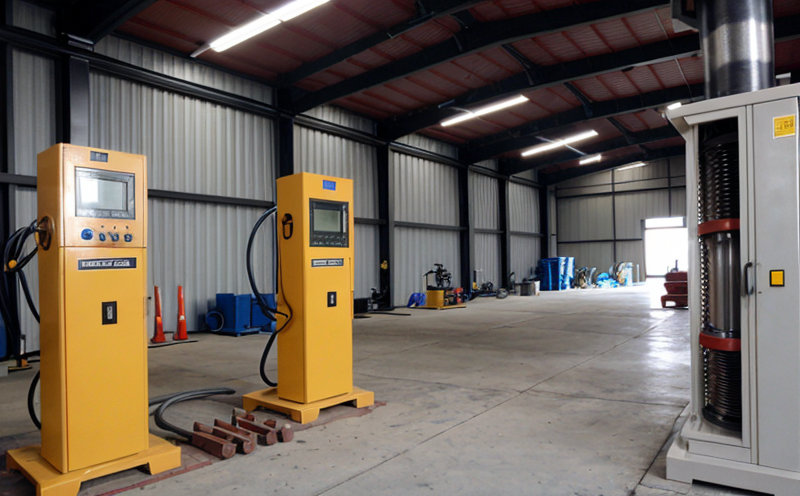ASTM D642 Compression Test for Corrugated Boxes
The ASTM D642 compression test is a critical tool in the packaging industry designed to evaluate the mechanical strength and load-bearing capacity of corrugated boxes. This standardized procedure ensures that corrugated containers meet the necessary performance requirements, safeguarding the integrity of products during transportation.
Corrugated boxes are widely used across various sectors including food and beverage, pharmaceuticals, electronics, and retail goods due to their versatility and ability to absorb shock. The ASTM D642 test is essential for manufacturers who need to ensure that their corrugated packaging can withstand the rigors of shipping without compromising product quality.
The test involves compressing a rectangular specimen of corrugated board to failure, simulating real-world conditions such as stacking and handling. This process helps in identifying potential weaknesses or areas where improvements are needed. The results provide valuable insights for quality managers, compliance officers, R&D engineers, and procurement teams responsible for ensuring product safety and regulatory compliance.
The ASTM D642 test is part of a broader suite of tests used to assess the performance of corrugated boxes. These include edge crush strength (ECCS) tests like the ISO 5830, which measure resistance to bending along the edges. Other relevant standards include ASTM D792 and EN 13919, which cover other aspects of corrugated board quality.
Understanding the mechanical properties of corrugated boxes is crucial for optimizing packaging design and ensuring that it meets both internal quality control objectives and external regulatory requirements. This test helps manufacturers to balance cost-effectiveness with product protection.
Applied Standards
The ASTM D642 compression test is specifically referenced in the following standards:
- ASTM D642-18 Standard Test Method for Compression Testing of Corrugated Box Sheets
- ASTM D792-15 Standard Test Methods for Rubber and Vulcanized Articles—Determination of Tension, Compression, and Shear Properties (though not directly related to corrugated boxes, this standard provides a general framework that can be applied)
The ASTM D642 test is designed to comply with international standards such as ISO 5830 for edge crush strength tests. These standards are crucial in ensuring consistency and reliability across different testing laboratories.
Industry Applications
- Food & Beverage Industry: Ensuring that corrugated boxes can protect perishable goods during transportation.
- Pharmaceuticals: Maintaining the integrity of drug packaging to avoid contamination or damage.
- Electronics Manufacturing: Protecting sensitive components from mechanical shock.
- Retail Goods: Safeguarding products like books, clothing, and other items during shipping.
The ASTM D642 test is particularly important in these industries because it helps manufacturers to select the most appropriate corrugated boxes for their specific needs. By understanding the mechanical properties of the packaging, companies can enhance product safety and reduce the risk of damage or contamination.
Use Cases and Application Examples
The ASTM D642 compression test is used in various scenarios to ensure that corrugated boxes meet the required standards. Here are some practical examples:
- Quality Control: Regularly testing new batches of corrugated boards to ensure consistency and reliability.
- New Product Development: Conducting tests on prototypes to identify potential design flaws before mass production.
- Supplier Evaluation: Assessing the quality of packaging materials provided by suppliers.
- Compliance Audits: Demonstrating compliance with relevant industry and regulatory standards.
In addition, this test is often used in conjunction with other tests to provide a comprehensive evaluation of corrugated boxes. For instance, after performing the ASTM D642 compression test, manufacturers may also conduct edge crush strength (ECCS) tests using ISO 5830 to ensure that the packaging can withstand both compressive and bending stresses.





